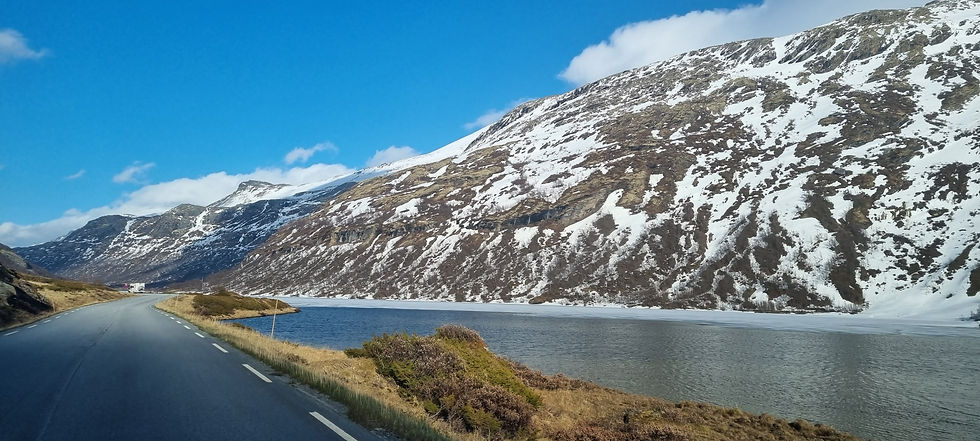
Embarking on a road trip marks the start of a thrilling adventure, and the key to making that journey with kids both enjoyable and smooth lies in selecting the right vehicle.

Here are a few factors to keep in mind as you choose and book a car for your road trip:
Prioritize Space for Your Family and Luggage:
As you delve into the process of choosing a car, envision the space your family requires for both themselves and their belongings. Remember, a cramped back seat can dampen the excitement of the journey. It's crucial to prioritize comfort for all passengers, especially those occupying the rear seats. To ensure a pleasant ride, factor in the boot space of the car you're considering.

Book directly through the company -
While third-party websites may offer tempting offers and deals, it's often wiser to book directly through the rental company. This ensures clarity and avoids complications that might arise from third-party transactions.

Insurance -
Prioritize maximum security by opting for comprehensive insurance. It's recommended to secure insurance directly from the rental company, minimizing the need to navigate third-party processes in case of emergencies.

Location for pick up and drop -
When planning your itinerary, aim for picking up and dropping off the car at the same location. This strategy avoids incurring one-way fees that typically apply when these locations differ.

GPS or Google Maps -
While we opted for a rented GPS and it cost us about 10k INR for 12 days , relying on Google Maps can be equally effective, often saving costs. For remote areas with potential network issues, consider downloading offline maps in advance to ensure seamless navigation ( we faced some network issues in Jostedal national park).

Book infant car seats/booster seats in advance-
To ensure a swift departure after formalities, pre-book car seats. This small step helps streamline the process and ensures that safety is a priority right from the start.

Driving license -
Indian driving licenses are valid in Norway for up to 3 months. Make sure you carry a valid license and that your details are written in English . An international driving permit is not necessary.

Driving on Right side of road -
They drive on the right side of road in Norway.

Adhering to Speed Limits -
Norwegian speed limits are stringently enforced, and fines await those who exceed them. Keep to the speed limits – typically 110 on highways, 50 to 70 on other roads, and 30 to 40 within towns and cities. Speed cameras are present on highways.

Toll Roads and Ferries -
Norway features numerous toll roads, and depending on your route, you may encounter ferries. An autopass installed by the rental company handles tolls and ferry fees, making your journey smoother.

Single Roads and Road Etiquette -
Be aware of single roads with two-way traffic, such as those along Lovatnet or to Stegastein viewpoint. Drive these routes if you're an experienced driver, and always give way in designated bays.

For your own safety and of others, Never drink and drive.
Acquaint yourself with the driving rules/traffic signs in Norway before your trip.

Our experience with EV -
PROS -
Norway's EV charging infrastructure is exceptional. Charging stations can easily be found on google maps.
Renting an EV is usually cheaper in comparison to the same size diesel vehicle.
Fuel prizes are very high in Norway, so you will definitely save up on fuel charges.
Discounted toll and ferry charges may apply for EV .
There were never any queues at charging stations. However, during summer months when the tourist traffic increases, there might be some waiting before you can charge your vehicle.
In terms of drive quality, there is no difference, even on mountainous and difficult roads. EV performs very well. (Did you know EV charges up when driving downhill?)

CONS -
Range - now depending on your itinerary you may be covering 500 km a day or like us mostly around 200 kms a day. If you plan on covering a lot of ground, having an EV has two disadvantages - charging may take some time depending on type of charger and you will have to take a break for that amount of time. You can plan ahead and club that process with lunch or snack , but it will definitely take more time that fueling up a diesel car.
Charging companies - it is very easy to find charging stations no matter where you are in Norway, but there are several different companies and all need you to download a separate App which can be cumbersome. Also the Apps are in Norwegian a lot of times. Direct drop in charging is available with few companies like Circle K, Recharge and Ionity. Most of the cars cannot be charged at Tesla super chargers.

Our Verdict -
If like us, you are planning to explore Norway at a slow pace ( that we totally recommend!), are travelling with kids and plan to take frequent breaks everyday, then EV can be the better option, considering you will end up saving a lot of money without compromising on your sightseeing plans.
However, if you are short on time and plan to visit a lot of places every day, then definitely go for a fossil fuel vehicle. That might add to your costs, but you can cover significant distance in a limited amount of time. Gas/Petrol stations are everywhere in Norway.
By considering these aspects when choosing and booking your road trip vehicle, you're setting the foundation for a memorable journey filled with comfort, safety, and enjoyment for every member of your family.
With the right car by your side, your road trip dreams are ready to be transformed into reality!
Comments